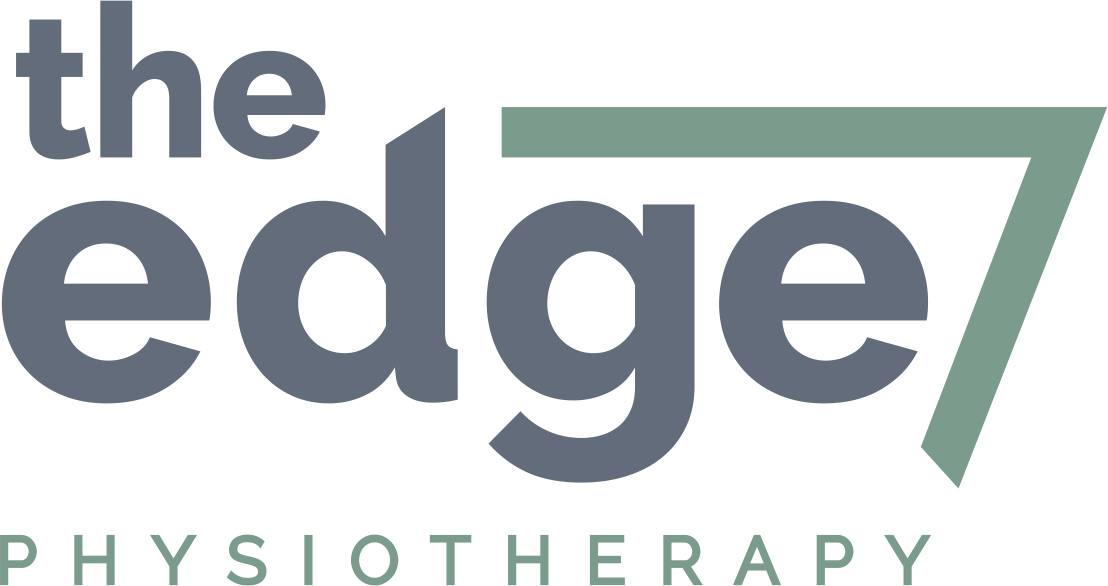Sever’s disease
Heel pain in children is not an uncommon occurrence in childhood and adolescence., Along with Osgood-Schlatter Disease, Sever’s disease is one of the most common causes of musculoskeletal pain in children. Seen in children who are very active, particularly with high weight bearing sports that involve jumping and running. Sever’s disease, or otherwise known as calcaneal apophysitis or calcaneoapophysitis, is a painful irritation of the attachment of the Achilles tendon at the back of the heel, causing small micro trauma to the tendon tissue due to traction.
Signs and symptoms include:
a painful limp
pain during or after activity
sometimes there is a raised appearance at the back of the heel
tenderness on palpation to the heel
limited ankle range
limited calf muscle strength on single leg calf raise testing
poor biomechanics of the leg and pelvis
Risk factors for developing Sever’s disease include weak ankle muscles, poor fitting and cushioned shoes eg. football shoes are notoriously very hard on the heel pad; running on hard surfaces; obesity; biomechanical imbalances including rolled in feet, and bowed knees; tight calf muscles.
Like Osgood-Schlatter Disease, Sever’s disease is a self limiting condition that children tend to grow out of once they stop growing. While not harmful, continuing to play sport through pain will further irritate the child’s symptoms, and usually it is advised to manage the child’s load in terms of sporting commitments to minimise discomfort. I rarely find that patients opt to stop playing sport altogether. Some general guidelines for treatment include:
making sure you have good fitting shoes with good cushioning
use ice as needed to reduce irritation
manage calf weakness and tightness
use manual therapy as needed
taping can also be very helpful to offload the Achilles and help enable continued sporting engagement
Methods for taping to offload Achilles
Most of the time, if Sever’s Disease isn’t managed at all then it will resolve on its own within 6-12mnths, but more often than not it will take 2 years. Scans and injections really don’t have a place with this condition unless they are used to exclude another diagnosis.

